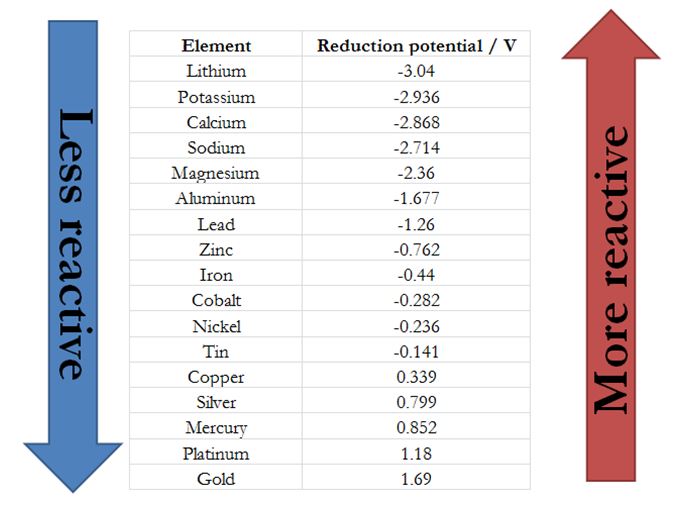
For example, it is used in self-driving cars and robotics because it is important for the models to understand the environment they are operating in. Semantic segmentation is primarily used in cases where environmental context is very important. These classes could be pedestrian, car, bus, road, sidewalk, etc., and each pixel carries semantic meaning. Semantic Segmentation: Semantic segmentation is a pixel-wise annotation, where every pixel in the image is assigned to a class. Polygonal segmentation of images from COCO dataset (Source)ģ. With this idea, polygonal segmentation is another type of data annotation where complex polygons are used instead of rectangles to define the shape and location of the object in a much more precise way. Polygonal Segmentation: Objects are not always rectangular in shape.

(See image below)īounding Box showing co-ordinates x1, y1, x2, y2, width (w) and height (h) (Photo by an_vision on Unsplash)Ģ. Bounding boxes are generally used in object detection and localization tasks.īounding box for detected cars (Original Photo by Patricia Jekki on Unsplash)īounding boxes are usually represented by either two co-ordinates (x1, y1) and (x2, y2) or by one co-ordinate (x1, y1) and width (w) and height (h) of the bounding box. They can be determined by the 𝑥 and 𝑦 axis coordinates in the upper-left corner and the 𝑥 and 𝑦 axis coordinates in the lower-right corner of the rectangle. Bounding boxes are rectangular boxes used to define the location of the target object. Bounding Boxes: Bounding boxes are the most commonly used type of annotation in computer vision. Here are a few different types of annotations:ġ. Image Annotation Typesīefore jumping into image annotations, it is useful to know about the different annotation types that exist so that you pick the right type for your use case. In this post, we will look at the types of annotation, commonly used image annotation formats, and some tools that you can use for image data labeling.

It is very likely that you will have to go through the process of data annotation by yourself. If you can find a good open dataset for your project, that is labeled, then LUCK IS ON YOUR SIDE! But mostly, this is not the case.
#Activity series table manual
‘Garbage In, Garbage Out’, is a phrase commonly used in the machine learning community, meaning the quality of the training data determines the quality of the model.ĭata labeling is a task that requires a lot of manual work. If you show a child a tomato and say it’s a potato, then the next time that child sees a tomato, it is very likely that they will classify it as a potato.Ī machine learning model learns in a similar way, by looking at examples, and so the result of the model depends on the labels we feed in during its training phase. The same is true for image annotation.ĭata labeling and image annotations must work together to paint a complete picture. It is reprinted here with the permission of Xailient.ĭata labeling is an essential step in a supervised machine learning task. This blog post was originally published at Xailient’s website.


 0 kommentar(er)
0 kommentar(er)
